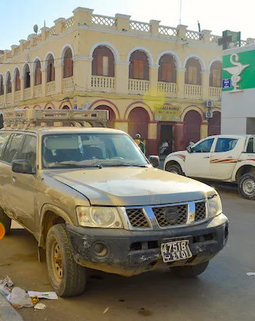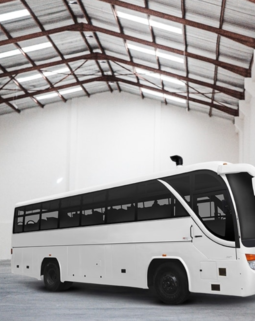Somalia's tire market is on the brink of significant expansion, propelled by the country's burgeoning automobile sales and the continuous growth of its vehicle fleet. This article delves into the projections and dynamics of Somalia's tire market, elucidating the key factors influencing its trajectory and the resultant implications for economic development.
Market Outlook:
According to a comprehensive report by TechSci Research, Somalia's tire market is poised for robust growth, with unit sales projected to exceed 100,000 units by 2022. This surge is underpinned by the escalating demand for automobiles and the continuous expansion of the country's vehicle fleet, reflecting the dynamic evolution of Somalia's automotive sector.
Import-Driven Economy:
Somalia's tire market predominantly operates on a replacement-driven model due to the absence of local automobile manufacturing facilities. As an import-driven economy, the demand for tires primarily stems from replacement needs, resulting in a thriving aftermarket segment that drives market growth and sustains economic activity.
Market Dynamics:
In 2016, Somalia witnessed a significant surge in the availability of ultra-budget tires, swiftly followed by budget tire options. The projected increase in the influx of used vehicles into the nation is poised to intensify the demand for tire replacements, thus fostering continuous market growth in the foreseeable future. This anticipated trend reflects the evolving dynamics of Somalia's automotive sector, with a growing emphasis on affordable transportation solutions. As the demand for tires continues to escalate alongside the expansion of the vehicle fleet, the market is expected to experience sustained expansion, presenting opportunities for both domestic and international tire manufacturers to capitalize on the evolving needs of Somalia's automotive landscape.
Regional Dynamics:
In 2016, the Lower region of Somalia emerged as the central hub of tire demand, fueled by its substantial population and vigorous economic vitality. Benefiting from a burgeoning vehicle fleet, this area is positioned to maintain its prominence in the Somalia tire market, acting as a key catalyst for sustained expansion in the coming years. The region's pivotal role underscores its significant contribution to the overall growth trajectory of the tire industry in Somalia. As economic activities continue to thrive and vehicle ownership escalates, the Lower region is expected to remain a primary driver of demand, facilitating ongoing market development and driving prosperity in the foreseeable future.
Segment Analysis:
Within Somalia's passenger car tire market, SUV tires reign supreme, closely trailed by tires for sedans and hatchbacks. The challenging terrain and inadequate road infrastructure prevalent in Somalia exacerbate tire wear and tear, necessitating frequent replacements, particularly for SUVs, thereby driving market demand and contributing to sustained growth.
Conclusion:
The future prospects for Somalia's tire market are exceptionally promising, characterized by robust growth prospects fueled by the escalating vehicle fleet and the burgeoning replacement demand. The country's import-driven economic model, complemented by favorable fiscal and regulatory policies, fosters an environment conducive to tire market expansion and economic prosperity. As Somalia continues to embrace renewable energy initiatives and address infrastructural challenges, the demand for tires is expected to remain resilient, playing a pivotal role in enhancing mobility and driving economic development across the nation.





